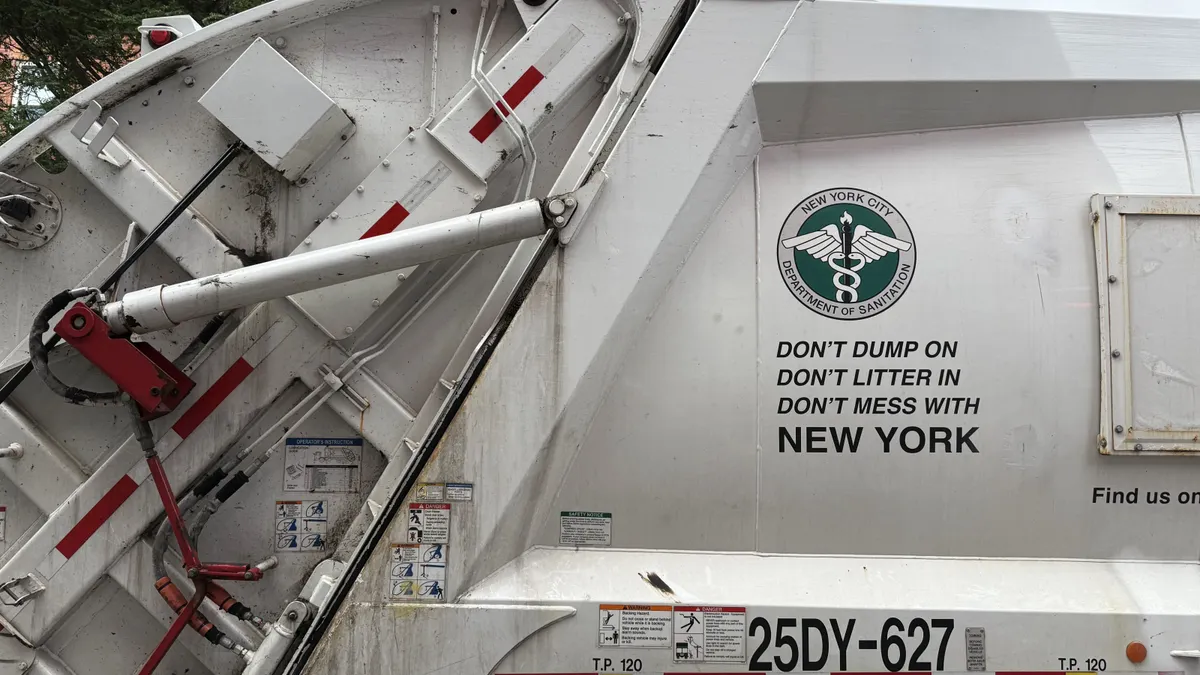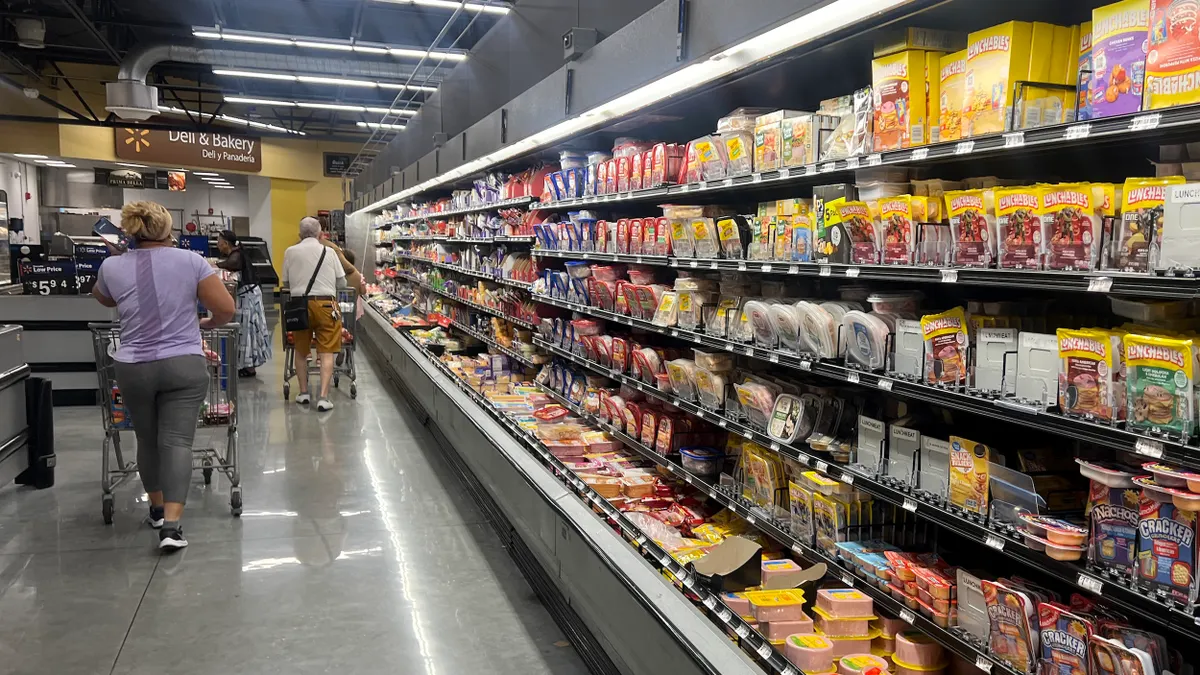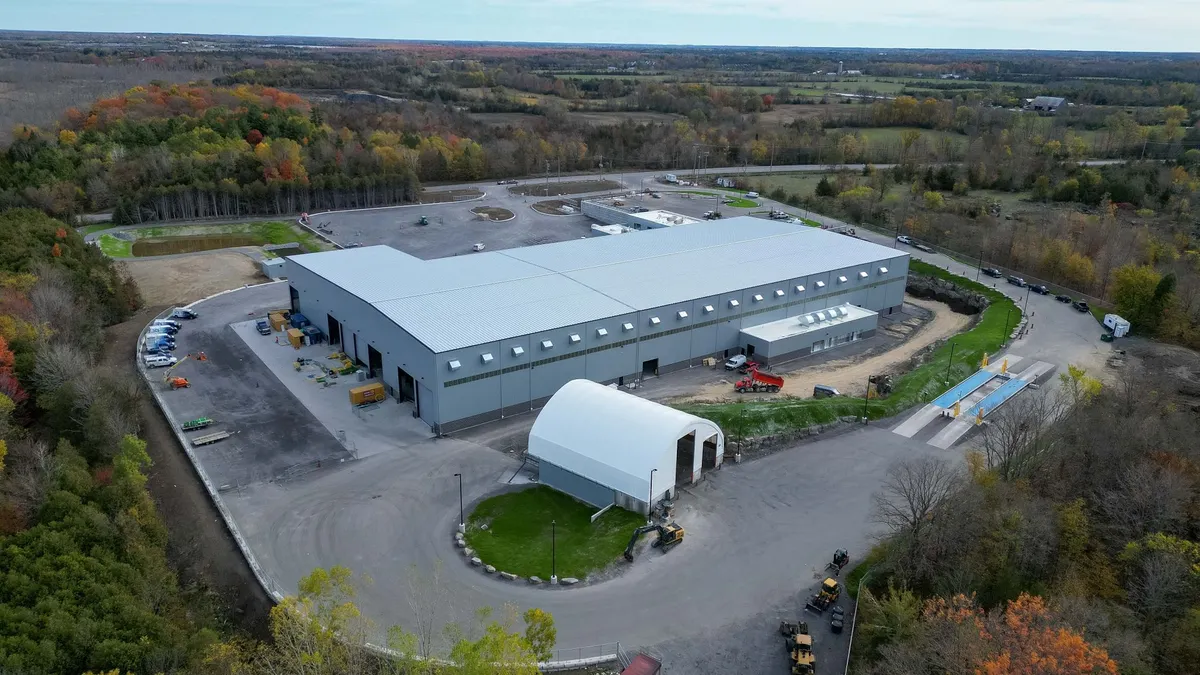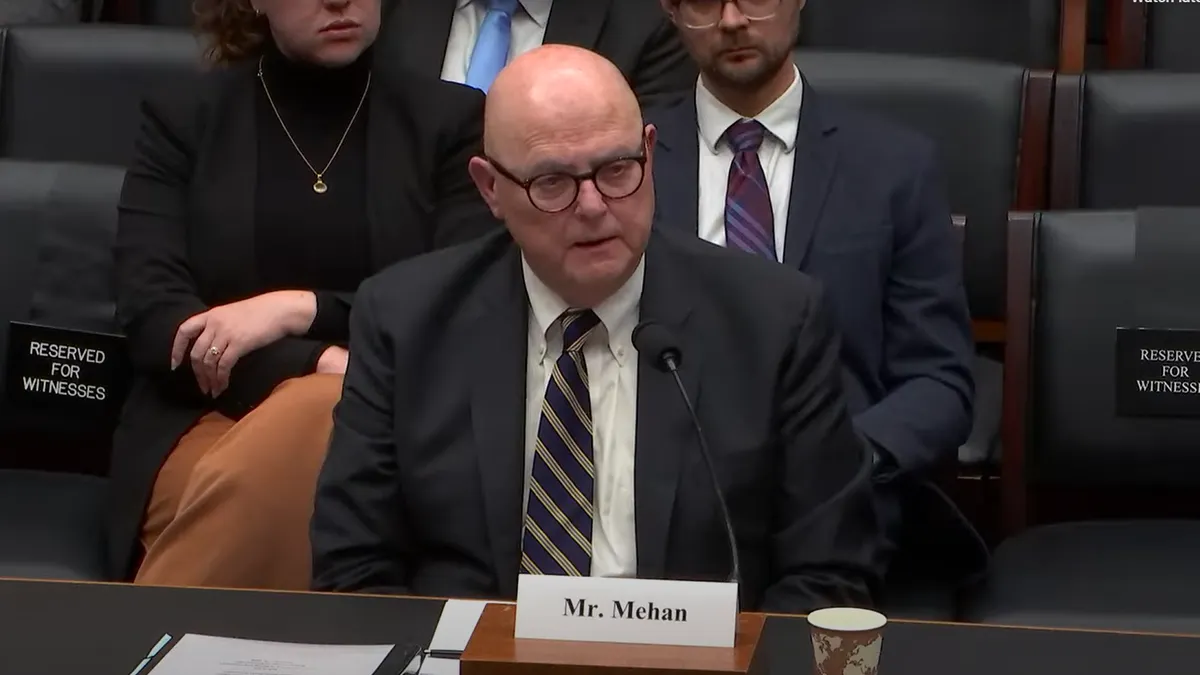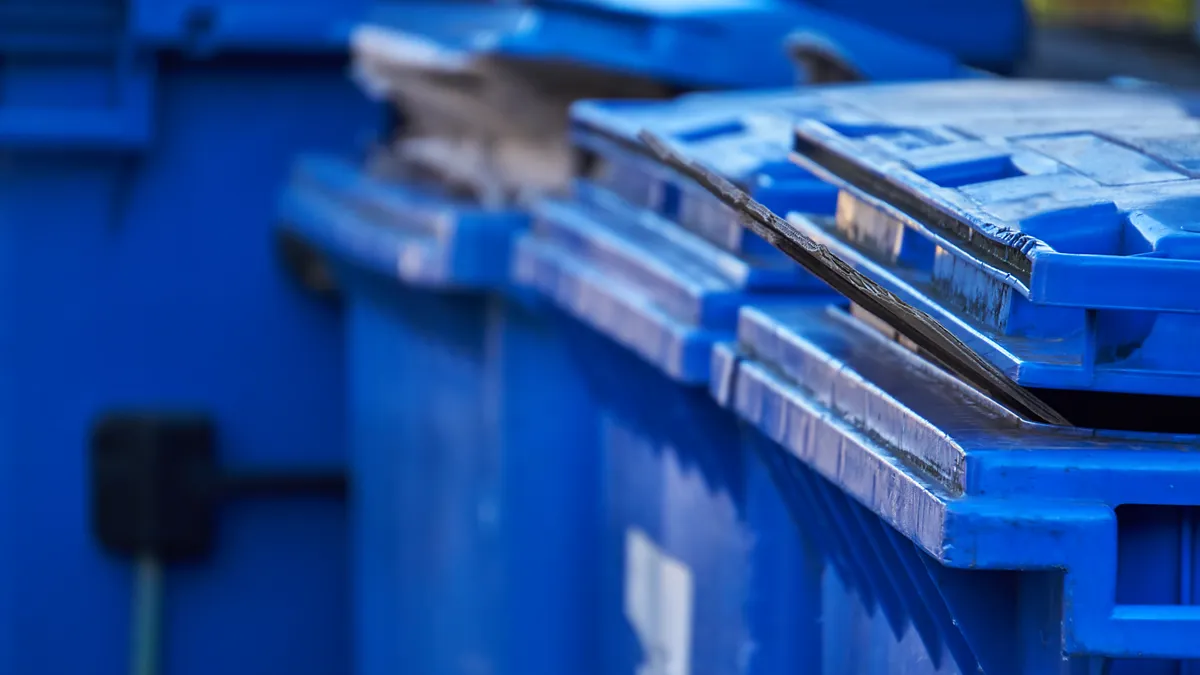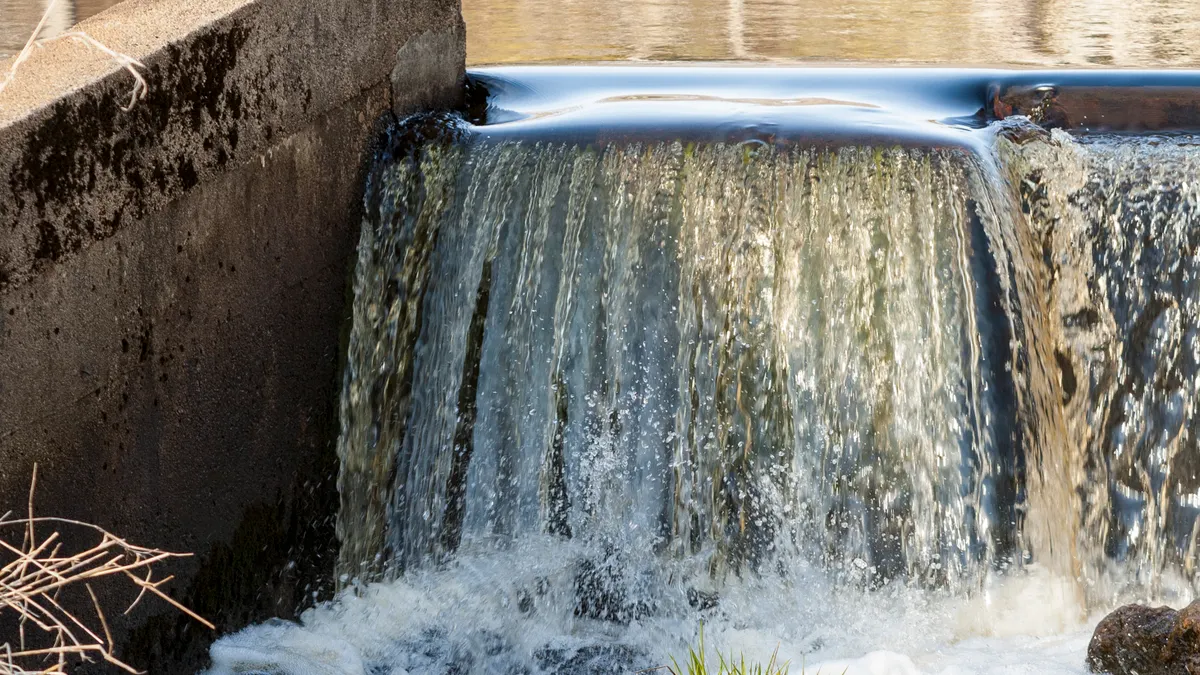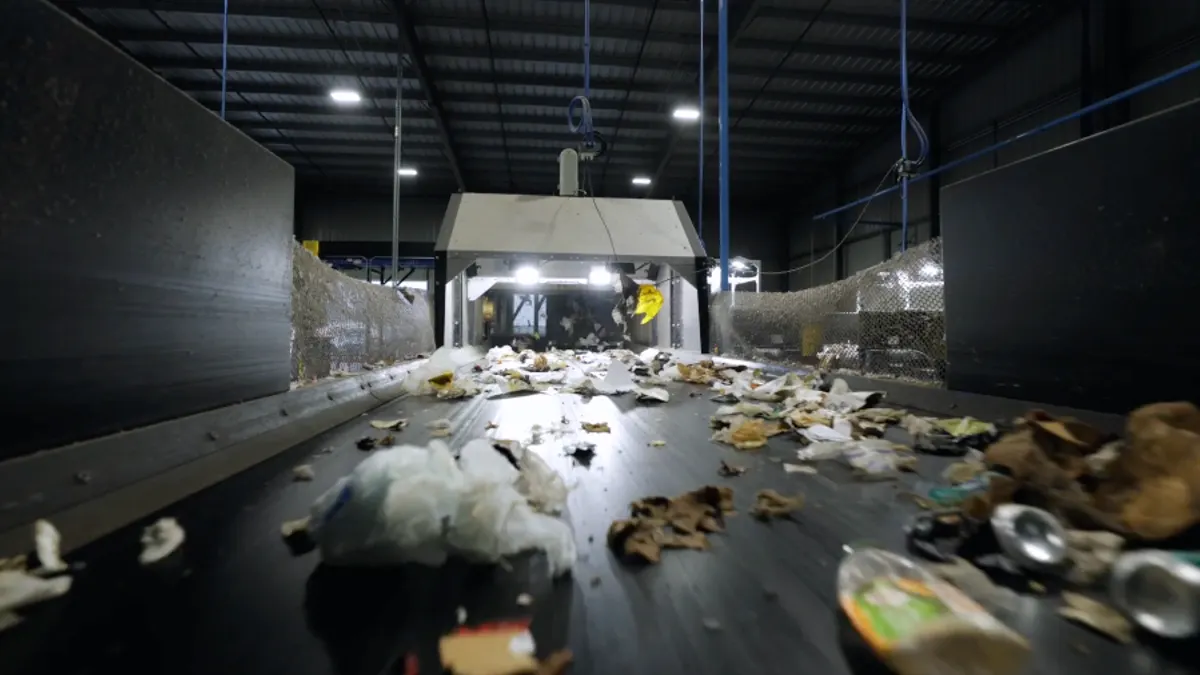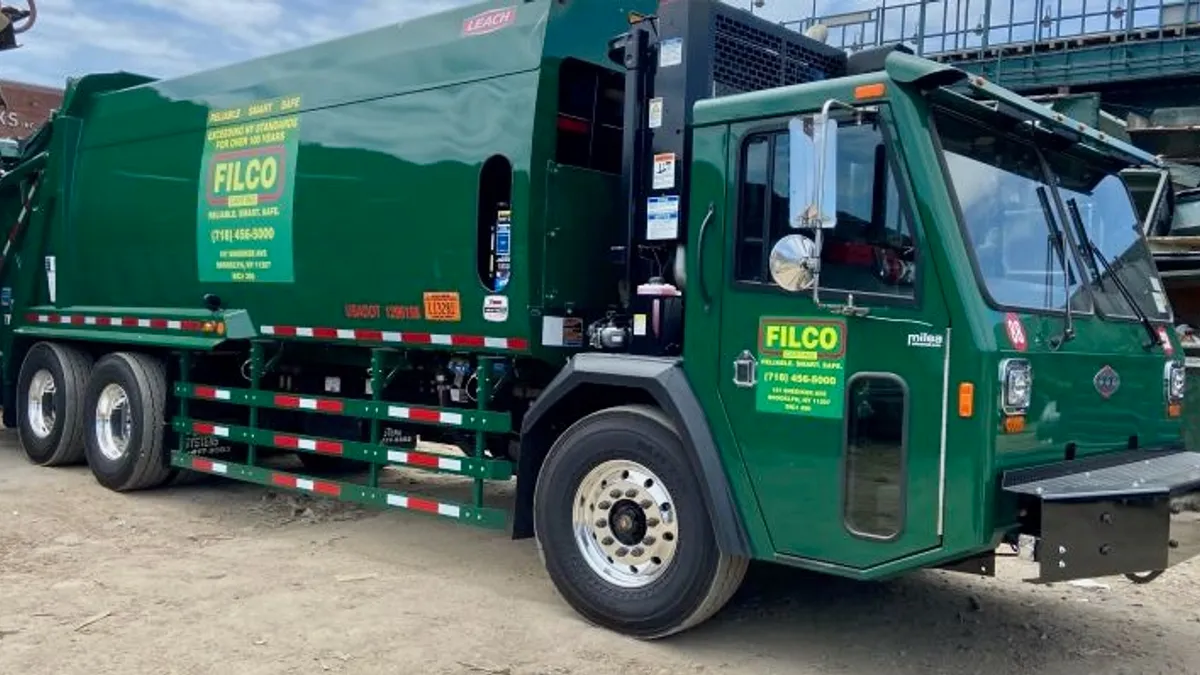New York City's Department of Sanitation is seeking feedback on its latest proposed solid waste management plan. The document will guide the agency's strategy for the next decade and will replace a plan that guided DSNY for 20 years.
DSNY manages a budget that has approached $2 billion in recent years, and it has a uniformed workforce just shy of 8,000 workers as of fiscal year 2025. It's responsible for managing a wide range of waste and recycling programs, including residential collection with separate recycling and organics streams. Between 2019 and 2023, the most recent years for which data is available, DSNY collected between 3.7 million and 4 million tons of material annually, according to the draft plan.
Since 2019, the agency has focused on rolling out a commercial waste zone system mandated by legislation. DSNY also launched its curbside organics recycling program citywide last year, and it expanded both owned and contracted infrastructure to process the source-separated organics material.
Over the next 10 years, the agency is focused on increasing diversion rates, including for items such as batteries, electronics and textiles. The plan does not propose specific new infrastructure sites or focus on the agency’s ongoing containerization efforts.
The agency listed more than 100 strategies it can use to achieve its goals, Deputy Commissioner for Solid Waste Management Jennifer McDonnell outlined in a public meeting last week.
Recycling
Following the guidance in its last solid waste management plan, DSNY contracted with Pratt Industries and Sims Municipal Recycling to create MRF capacity in the city. Those contracts expire in 2034, so the agency plans to consider its options for recycling infrastructure over the course of the next plan.
DSNY sees an opportunity to increase diversion rates, which currently top out at about a 50% capture rate, according to data from its most recent waste characterization study. The agency broadly supports state EPR legislation, including for packaging and mattresses. It’s also planning to prioritize the recovery of rigid and film plastics, as well as glass.
Under a business-as-usual scenario, the agency estimates that the overall amount of waste generated will increase by 3.2% by 2036. If DSNY implements its proposed programs, it could increase diversion rates for waste it collects by 11 percentage points and diversion rates for commercial waste by 27 percentage points.
The agency is considering packaging reuse options, including school-based programs. It’s also exploring reuse, including a container reuse program at a public venue.
Organics
As of 2023, residents and businesses in New York City generated over 2 million tons of organic waste annually. Some businesses are already required to divert their organic waste per state law, as are residents. But DSNY is looking to substantially grow the tonnage of food scraps and organic waste it diverts over the next 10 years.
Beginning at the top of the food recovery hierarchy, DSNY looks to increase usage of its donateNYC Food Portal to reroute edible food to those who need it, as well as expand food rescue initiatives at schools.
The agency is taking a close look at its organic waste infrastructure. It was instructed by Local Law 118 last year to establish eight new composting locations and upgrade the city’s 17 existing facilities if necessary. DSNY is looking to expand its green waste processing capacity at the Staten Island Compost Facility as well. And the agency plans to increase the use of city-produced compost and mulch where possible to ensure an end use for the recycled material.
DSNY is also looking to change how it manages biosolids. The agency has a goal to divert 100% of the material from landfills by 2030, which will require identifying end-use sites and vendors. It plans to expand codigestion capacity — which has proven controversial in the city — and explore thickening or dewatering technology for biosolids.
Under the draft plan, DSNY would continue its education and outreach efforts for the nascent organics program. One strategy is to provide 40-pound bags of compost, kitchen containers and paper bags for leaf and yard waste to the public at community events.
Disposal
The city has worked to reduce the material it sends to disposal over the course of the last plan, but has achieved limited success. There are no landfills or incinerators within the five boroughs, so waste is shipped outside New York City’s borders.
As disposal capacity has tightened in New York state, a rising proportion of material has gone to out-of-state landfills. In particular, the amount of waste sent from New York City to Virginia landfills doubled between 2017 and 2023.
The agency is responsible for post-closure plans at the Fresh Kills Landfill and Edgemere Landfill. At Fresh Kills, which was once the largest active landfill in the country, DSNY is planning for declining landfill gas generation rates and considering adaptive reuse options for the site. It’s also planning to decommission its onsite leachate plant and instead send leachate to a wastewater resource recovery facility. At Edgemere, DSNY plans to continue studying the feasibility of a solar installation.
DSNY noted it would continue to weigh thermal treatment options such as gasification and pyrolysis, following state guidance requiring waste planners to consider this disposal pathway. The city currently sends about a third of its waste to incineration at three Reworld facilities: Essex in New Jersey, Chester in Pennsylvania and Niagara in upstate New York.


